By Kelly Bell
The wind was from the southwest early on the morning of June 13, 1665, as the Dutch and British fleets deployed just off southeastern coast of England, 40 miles east of the town of Lowestoft in Suffolk. The coming clash was part of the Second Anglo-Dutch war, ignited by simmering commercial tensions between the United Kingdom and the Netherlands, and it would birth a maritime superpower.
The Dutch flotilla was co-commanded by Lt.-Adm. Jacob van Wassenaer and Lord Obdam. The resolutely approaching Britons were led by James, Duke of York. The United Province squadrons were southeast of the English fleet, and just before dawn, Obdam veered his ships westward in order to regain the weather gage (be upwind of) by passing south of the Brits. Sir Christopher Myngs, commander of the British van, instantly interpreted this maneuver, slewed his vessels southeast, regained the weather gage and compelled the Dutch to veer northwest to avoid being outflanked.
Just after 7 a.m. Flag Captain Willian Penn reacted to this move by moving his battlewagon Royal Charles and most of his Red Squadron to the west and forming a battle line to prevent Obdam from gaining the weather gage. The Dutch, however, made no attempt to make this anticipated maneuver in the contrary wind. At this point the Blue Squadron commanded by Earl of Sandwich Edward Montagu, and additional British ships under Prince Rupert of the Rhine and Sir John Lawson commenced bearing down on Obdam.
The fighting escalated into sharp, close-quarters gunnery as Dutch vessels attempted to break through the English battle line. Although three temporarily succeeded they were soon forced back by trailing British warships. Both fleets were now facing each other in the manner of medieval jousters. At this point Penn and James, Duke of York took elements from the main fleet in hopes of tacking from the rear.
This required precise coordination and timing, but the Englishmen achieved it so that by 8 a.m. Lawson’s division was in the lead, followed by Sandwich, with Rupert bringing up the rear. By noon this phase of the battle had evolved from long-range exchange of artillery into the antagonists being in close enough proximity for the huge Dutch ship Oranje to draw alongside Sandwich’s Montague and send a boarding party to try and capture the British ship as the first move in an attempt to split the English fleet.
Seeing the threat, Penn sent the 68-gun Old James against the Oranje while the Royal Charles targeted the Eendracht, which was moving against Sandwich’s flagship, Port Royal. The almost point-blank hammering from these two Britons forced the Dutch boarders to abandon Montague, and the fighting became confused and bloody as the more aggressive and resolute British, fighting to protect their homeland, pressed relentlessly into the wavering, dwindling Dutchmen, who by 6 p.m. were in full retreat, and Mother England was poised to become the true empress of the seas.
The British fleet had gone into the battle with 109 warships bristling with 4,542 guns and manned by 22,055 expert maritime warriors. All this was the creation of an unassuming little man who almost single-handedly created the storied Royal Navy.
Samuel Pepys (pronounced “peeps”) was born in London, England on February 23, 1633. He made the city his lifelong home, which was fitting considering he would be the main architect of the establishment and proliferation of a fleet that would be the main force holding together the extensive empire Britain was amassing. In 1653 he took his B.A. from Cambridge University’s Magdalene College, and in 1660 earned his M.A. He then commenced his career as a navy-builder despite starting out wholly ignorant of how to do so. This was not his only hurdle.
On March 26, 1658, he had undergone a risky but unavoidable surgical procedure to remove a kidney stone from his urinary tract. The operation removed the stone, but he never fully recovered. Though he would suffer severe abdominal pain and bloody urine the rest of his life, he did not let it impede his work on behalf of the navy.
He started out in the summer of 1660 by sailing with the fleet that brought His Majesty Charles II back from exile. Being a cousin of Admiral Edward Montagu helped him secure an appointment as Clerk of the Acts of the Navy. Learning quickly on the job he displayed a penchant for administration, becoming in turn a justice of the peace, commissioner and treasurer of the colony of Tangiers, and a surveyor of naval victualling. He became known as an official who never left a job undone.
In the summer of 1662 he repeatedly found time to study multiplication tables with a private tutor. He also taught himself the nuances of shipbuilding and price charts for various naval stores such as tar and whale oil. Using several large ledgers he commenced making meticulous records of all memoranda and contracts, ensuring there could be no question concerning the legitimacy of all government spending for naval purposes. His value soon became evident.
From 1665 to 1667, during the Second Dutch War, he found himself virtually the sole administrator in the naval office as most of his colleagues were re-assigned, and those remaining proved incompetent. Considering the far-flung nature of this conflict it was fortunate for Britain that Pepys had implemented a centralized approach to supplying the fleet. Without the steady flow of war material he provided, the infant Royal Navy might have been destroyed. His dedication to his calling was so absolute that he did not follow the example of most of London and evacuate the capital to escape the 1665 plague outbreak, but remained at his post in the almost-empty naval ministry. The following year he saved this administration center during the great fire of London by having all surrounding buildings pulled down so flames could not reach the complex. His activities kept advancing the cause of the navy.
In 1673, during the Third Dutch War, Pepys was appointed secretary to the new Commission of Admiralty, making him the administrative head of the Royal Navy. For the next six years he concentrated on rooting out and dismissing the plethora of corrupt officials whose greed and incompetence had so impeded supporting the fleet during the Dutch wars. With the French and Dutch engaged in major naval expansion he convinced Parliament to finance a building program that constructed 30 new ships of the line that established a balance of power with the United Kingdom’s two main maritime rivals.
There was no question as to his honesty, competence and dedication to his calling, but his assertions of his own virtue and refusal to accede to the wills of influential men when they were in the wrong made him numerous political enemies. Foremost was the powerful Lord Shaftesbury.
In 1678, Shaftesbury attempted to frame him for the never-solved murder of London magistrate Sir Edmund Berry Godfrey. Pepys was exonerated because he had an airtight alibi for the time of the killing, but the matter was not yet settled.
Shaftesbury next tried to bring Pepys down by indirectly implicating him for Godfrey’s death by accusing Pepys’ confidential clerk, Samuel Allen, for the killing, but Allen, too, had an unassailable alibi. In a final attempt, Shaftesbury produced a shady character named John Scott. A native of New York City, Scott was a career criminal specializing in blackmail. He accused Pepys of treason, and almost simultaneously Pepys’ former butler accused him of Jacobitism. Pepys had found his maid in bed with this butler, and fired him on the spot. Nursing a grudge against his ex-employer, he eagerly added his trumped-up charge to Shaftesbury’s. Pepys was locked in the Tower of London, but before formal governmental proceedings could commence, His Majesty Charles II dissolved Parliament, eliminating the judging body that would have tried Pepys. By the time Parliament was re-established, Pepys had amassed so much incriminating evidence against Shaftesbury for nefarious dealings of all kinds throughout Europe that he collected the butler and Scott and faded into prudent obscurity. His involuntary, politically wrought sabbatical resolved, it was time for Pepys to return to serving the Royal Navy.
After accompanying the Earl of Dartmouth to evacuate the English garrison from Tangier late in 1683, Charles II re-assigned him to the post of First Lord and Secretary of the Navy, making him in effect the sole administrator of the naval service and one of the most powerful men in Britain. He continued to work to reverse the adverse effects of the corrupt officials who preceded him. This included, in 1686, the creation of a special “Commission for the Recovery of the Navy.” This Pepys-directed organ soon permanently established the U.K. as the world’s premier maritime power.
Prior to this time occasional naval heroes like Sir Francis Drake and Robert Blake had given the British momentary naval ascendancy, but there had been no lengthy periods when England ruled the waves. Now, thanks to the unheralded Pepys, the island nation was forever established as a major nautical power. His task completed, and in delicate health, he retired in 1691. He left a written chronicle of his career and working life.
Beginning New Year’s Day 1660 he kept a diary in which he made daily entries for almost 10 years. These passages reveal him as a complex individual who moved ceaselessly in many directions and for many purposes. He recorded his business and political dealings, his extramarital affairs, his dealings with friends and colleagues, his jealousies, insecurities, health problems and the many events of his stormy relationship with his beautiful wife Elizabeth, who died at 33. His concerns were endless, but he never let them long deflect him from his passionate devotion to advancing England’s maritime ascendancy.
When Pepys had started working with the navy in 1660 it consisted of just 30 battleships totaling about 25,000 tons and mounting 1,730 guns. When he stepped down 31 years later, the fleet consisted of 59 battleships weighing a combined 66,000 tons and carrying 4,492 guns. It all took place due to his administrative virtues of order, discipline, industry and honest competence. It was the first time these crucial virtues had guided England’s navy, and the service has never been without them since as Pepys established an ongoing tradition of excellence. At his retirement ceremony an Oxford University professor extolled his priceless virtues:
“To your praises the whole ocean bears witness. Truly, sir, you have encompassed Britain with wooden walls.”
He spent his last years in honorable retirement. A childless widower, he occupied himself fending off ongoing, spiteful, jealousy-spawned attacks by his political foes, amassing a huge library he eventually bequeathed to Magdalene College, corresponding with Europe’s greatest artists and scholars, writing and publishing his autobiography: Memoirs Relating to the State of the Royal Navy of England for Ten Years Determined December 1688, and researching a comprehensive history of the Royal Navy from its birth, but dying before he could complete it.
On May 26, 1703, he died at the Clapham home of his lifelong friend and former servant William Hewer. Another old buddy, John Evelyn, wrote of him:
“He was universally belov’d, hospitable, generous, learned in many things, skilled in music, a very greate cherisher of learned men of whom he had the conversation.”
It was a flattering but incomplete epitaph, for it failed to mention his almost single-handed creation and permanent establishment of perhaps the greatest military naval tradition of any nation. In future conflicts the Royal Navy would be an irresistible force, halting the powers of tyranny as they sought world domination. International liberty and justice owe him their salvation.
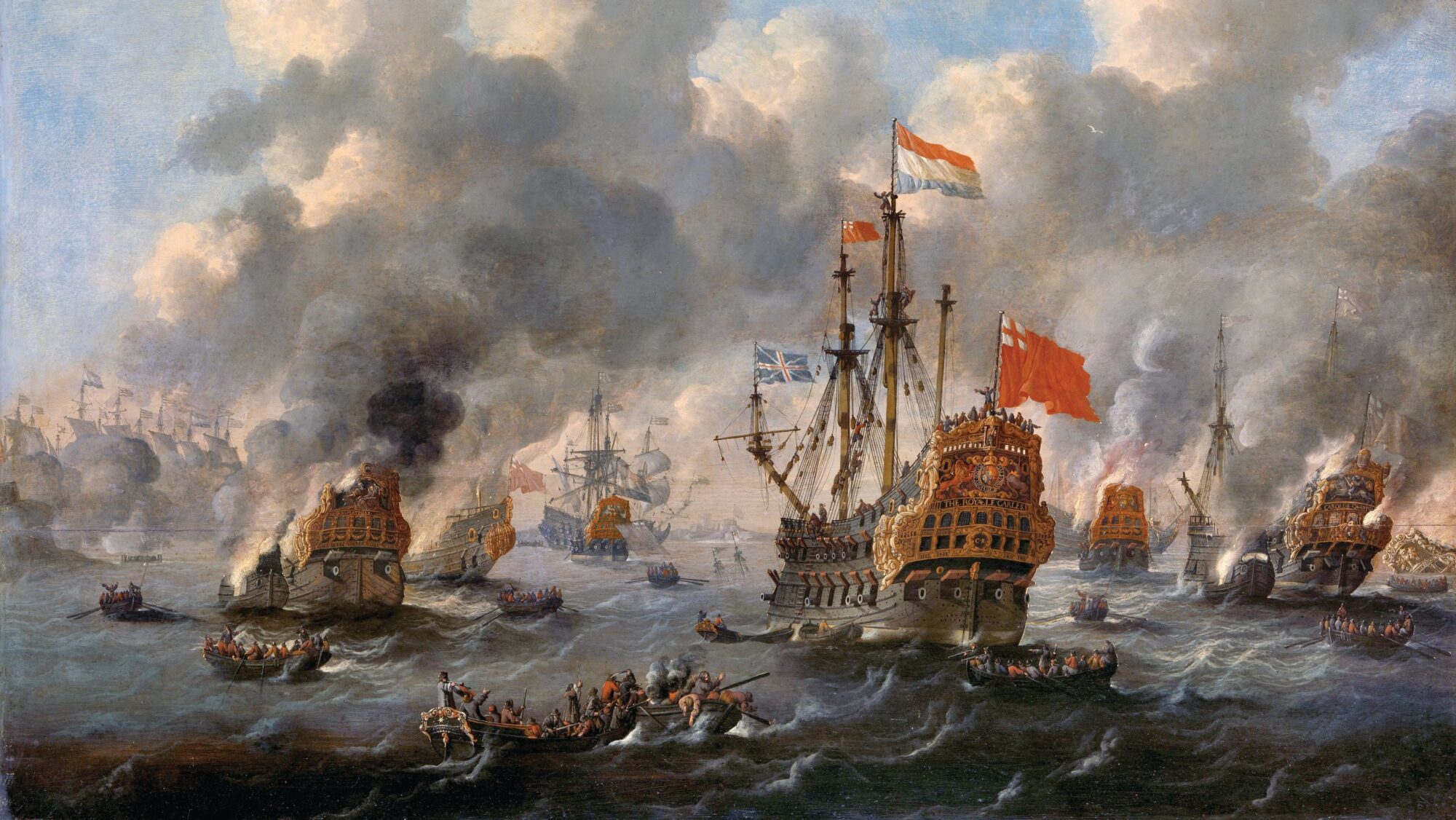

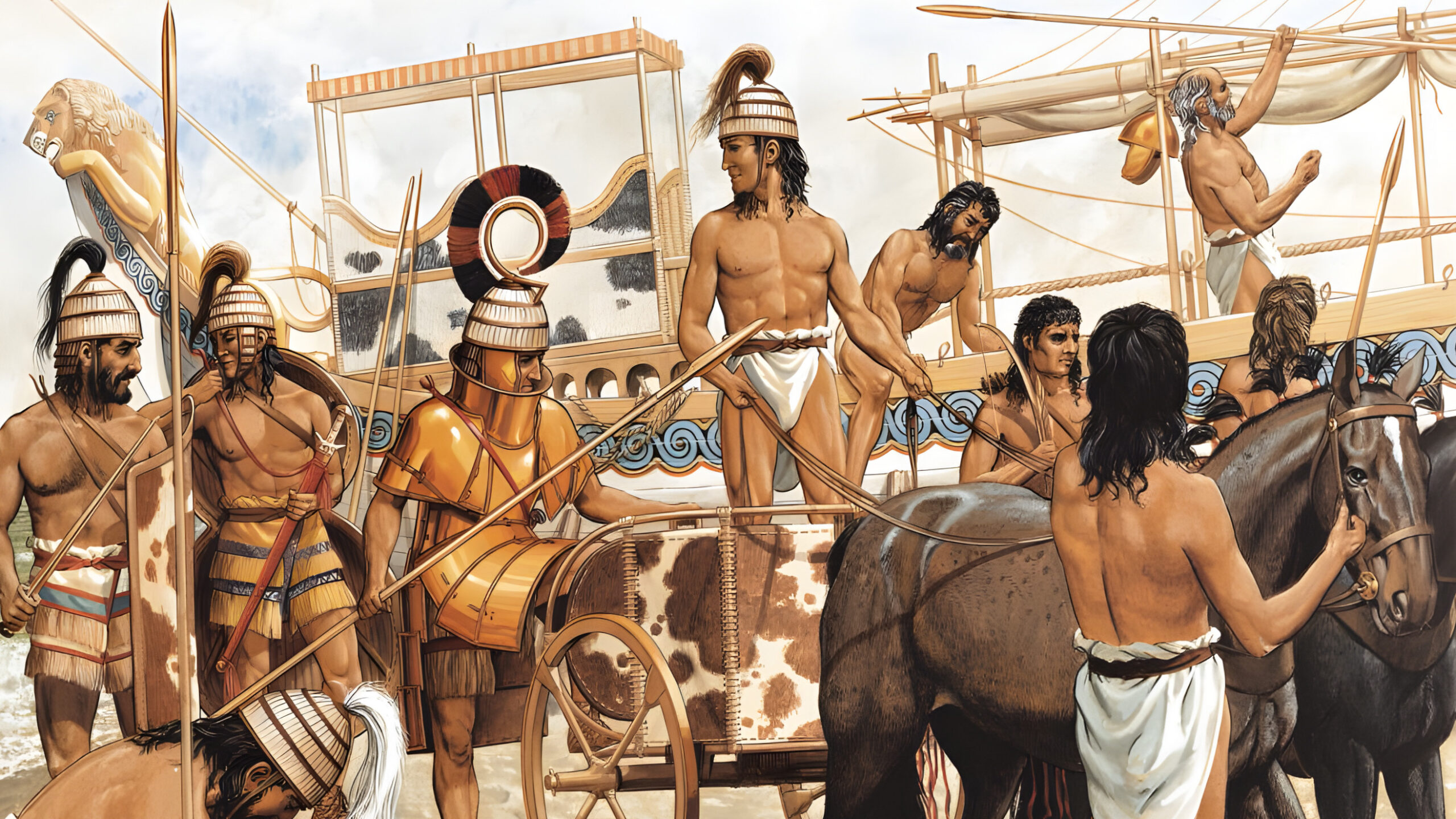
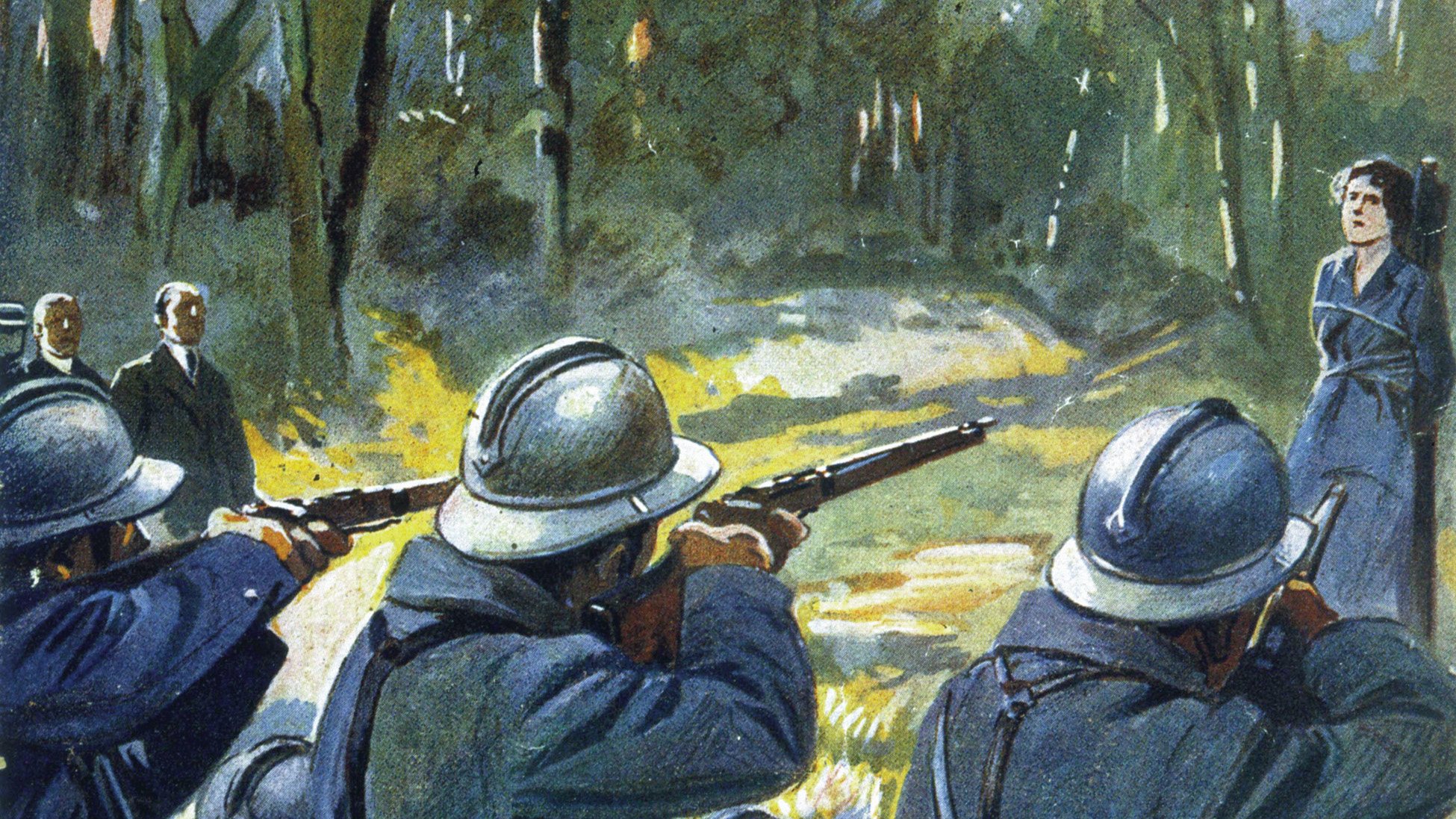
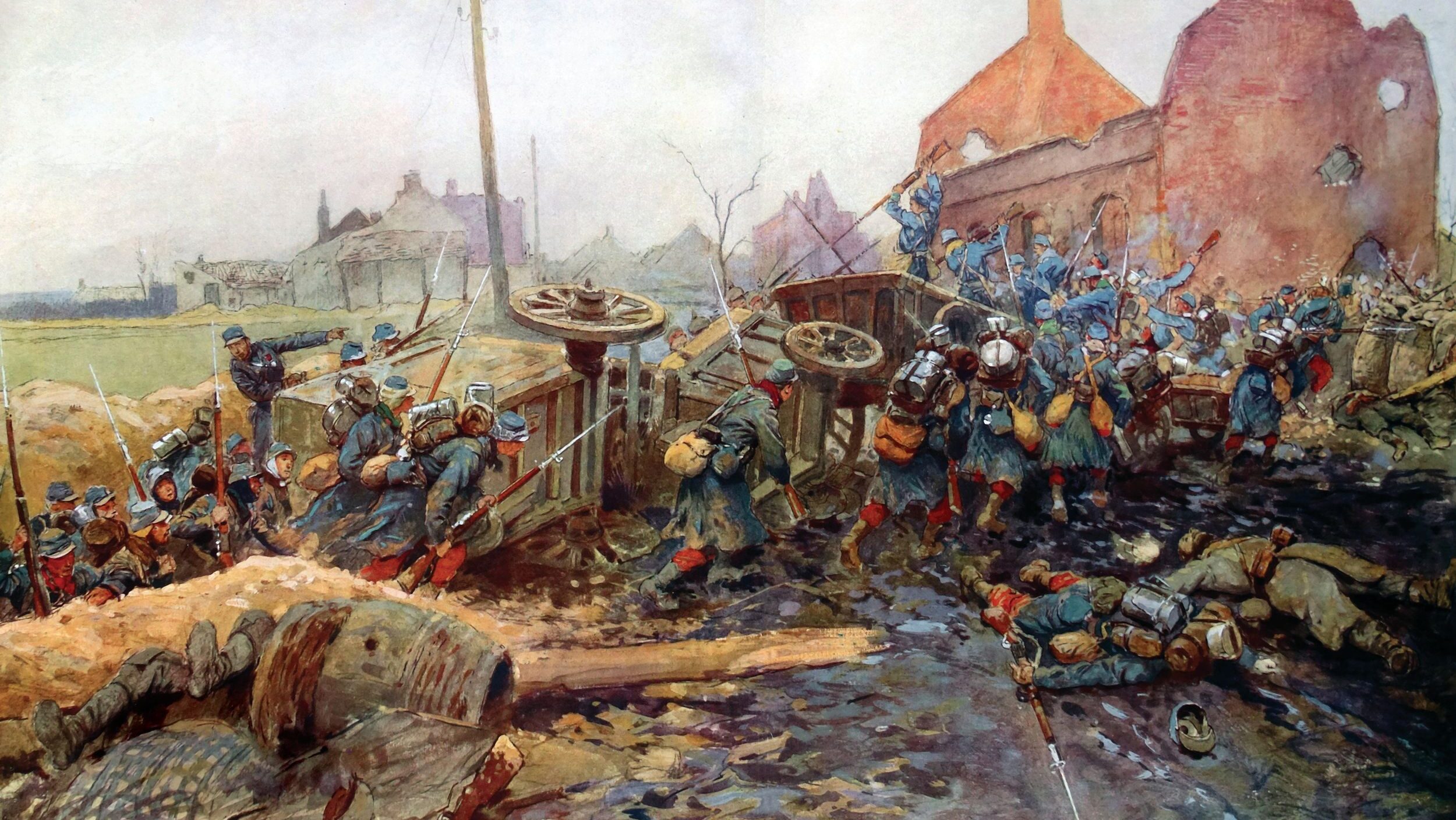

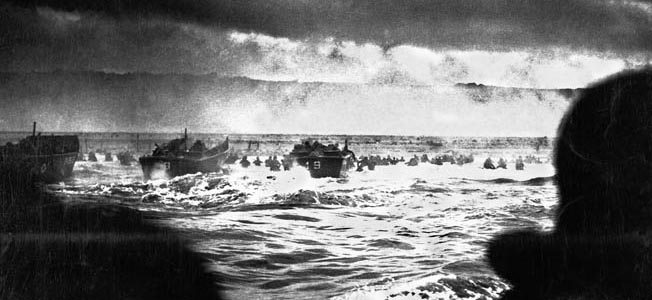
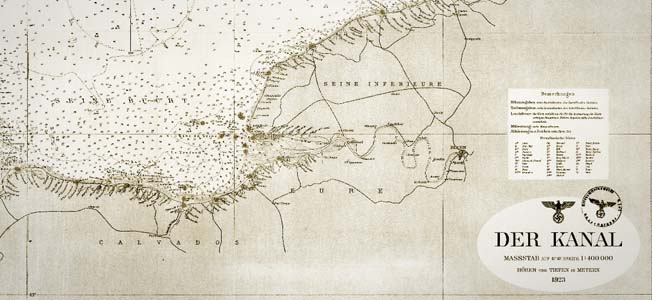
Join The Conversation
Comments
View All Comments